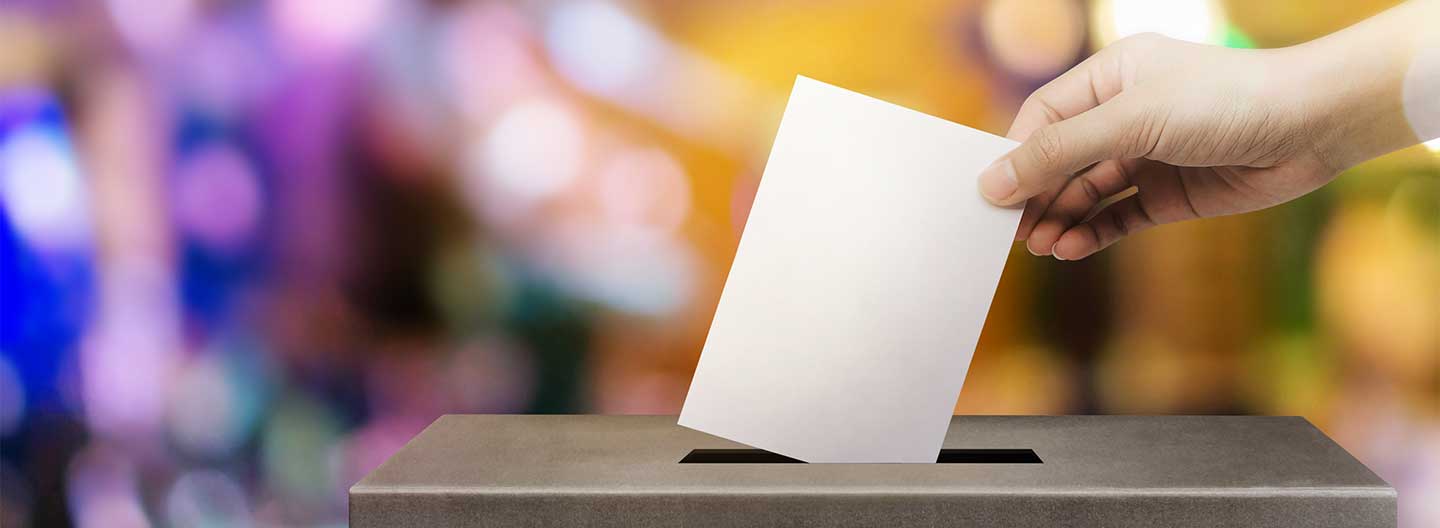
For many nonprofits, year-end is prime fundraising season. It's often the best time of the year to raise money, but with so many nonprofits vying for attention all at once, potential donors are often inundated by letters and email asking for donations. This high volume of nonprofit fundraising appeals literally drives people away.
What's going on here? From the donor's vantage point, many express "fatigue" from over-messaging or clumsy communications from nonprofits they support. Poor communications often fail to properly acknowledge appreciation for donors' support or to cultivate their ongoing interest.
From the nonprofit's vantage point, direct response managers are often frustrated by the constant churn of donors who "leave the list" after only making a single gift. They need to know how to better retain donors. They also need to know how best to engage effectively with donors.
Donor retention isn’t easy, but these seven best practices can help you break the curse of donor fatigue.
1. Thank Your Donors After Each Gift
I challenge every nonprofit I meet to make their thank-you email and postal mail letter as special as possible. It's not just a donor receipt, it's the start of a new stage in your relationship.
Think of ways to make that message as creative and as personal as possible. Focus on the donors and their continuing impact on the organization — make them feel like their gift is significant, no matter how big or small it is.
Offer a phone number or a way to reply to the email and invite the donor to get in touch with you. Review your automated thank-you email message and postal mail letter on a quarterly basis to keep improving it. It's the most important message you can send.
2. Create an Email Welcome Series for New Donors
Speaking of creating something truly special, I always recommend an email welcome series for all new donors, even if they've been in your file for a while.
Think about what makes your donors unique. What differentiates a donor from other people that are engaged with your organization? How do you want to communicate that? These are the sorts of questions you should consider when crafting your donor welcome messages.
Your donor welcome series could include a series of emails from key stakeholders in your organization, including a board member or a long-time committed volunteer. If you mail materials to new donors, be sure that your mail and email materials tie together well.
3. Find Balance When Communicating with Your Donors
A common complaint from donors is that organizations ask for money too often, which is a symptom of a different problem: The organization has not balanced fundraising, cultivation, and engagement.
Do a communications audit with your current donors and email subscribers to assess what people receive. You'll find it invaluable to involve constituents and donors in critiquing and developing your communications practices, so invite a few to give you feedback.
4. Email, Snail Mail, or None? Let Your Donors Be In Control
Not all donors are created alike, and they all have different interests and levels of commitment. With that in mind, it's important not to overwhelm your donors with too many communications or with content that they have no interest in.
Create a communications plan so that you can offer a choice in the content of email and mail communications. Your donors will often respond positively to that choice with deeper engagement.
5. Rethink Your Newsletter as a Donor Engagement Tool
Your newsletter is one of the most powerful tools in your communications toolbox, but it can easily be misused. The danger comes in underestimating its potential and wasting it with casual monthly "news" content.
The true power of this monthly or quarterly opportunity is to make your newsletter a donor engagement tool and to refocus your messaging on how donors are making a difference. Your challenge is to reframe your newsletter so that it's focused on deepening donor engagement.
6. Engage with Donors Through Your Social Media Channels
Your donors are very interesting people, and you should be keeping tabs on them via any social media channels where they are active. Do you know how many of your donors are using social media? Figure it out by asking them. Consider your donors as a special class of "social media influencers": Retweet their content and message them directly when it makes sense to do so. This sort of cross-channel communications will allow you to deepen relationships with donors and open new doors to collaboration.
7. Donor Retention Is the Responsibility of the Entire Organization
The challenge with donor retention is to find ways to break it out of the traditional silo of the "development department." Move it toward a broader conversation among your whole staff, board, and volunteers about how to retain donors. Have quarterly discussions at staff meetings and board retreats to explore the issue of donor engagement. Invite donors to visit with you during a staff meeting and see how that feels. Who knows? Maybe the big idea that increases your donor retention will come from a donor!
Additional Resources: Other Content that Helps You with Fundraising
- Tips and Tools to Strengthen Your Fundraising and Accounting
- 10 Ways to Improve Your Donation Page and Raise More Money
- 6 Tips to Improve Your Next Fundraising Campaign Using Digital Storytelling
How have you addressed donor fatigue and donor retention in your organization? Let me know by posting in the comments below or email me at mstein [at] techsoup [dot] org.








